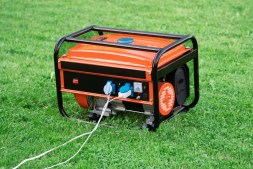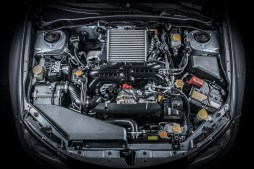Smart Financial Strategies for Managing Ongoing Repair Expenses
Managing repair costs over time can be a daunting task for homeowners and property managers alike. With the unpredictability of wear and tear on structures and systems, it’s essential to have a well-thought-out strategy in place. This article will outline practical tips to help you manage ongoing repair expenses effectively, ensuring that you stay financially sound while maintaining your property.
Create a Detailed Maintenance Schedule
A proactive approach is key to managing repair costs. Begin by creating a detailed maintenance schedule that outlines regular inspections and upkeep for critical systems such as plumbing, electrical, roofing, and HVAC. By adhering to a routine maintenance plan, you can identify potential issues early on, preventing costly repairs down the line.

Set Aside an Emergency Fund
Unexpected repairs can throw your budget off balance. One effective strategy is to set aside an emergency fund specifically for repairs. Aim to save at least 1-3% of your property’s value each year in this fund. This money will be invaluable when unforeseen issues arise—like a sudden roof leak or an HVAC breakdown—allowing you to address them without financial strain.
Prioritize Repairs Based on Urgency
Not all repairs are created equal; some are urgent while others can wait. Prioritizing your repairs based on urgency helps you allocate resources wisely. Focus first on safety-related issues (like electrical problems) or those that may cause further damage (such as plumbing leaks). Make sure to tackle these high-priority tasks first before moving onto less critical maintenance.
Utilize Professional Services Wisely
Hiring professionals for repairs can often lead to higher costs if not managed carefully. Always obtain multiple quotes before choosing a contractor and check their references thoroughly. Don’t hesitate to negotiate prices or ask about special rates for long-term clients or repeat business—building relationships with reliable service providers might also yield discounts in the future.
Invest in Quality Materials and Craftsmanship
While it may be tempting to cut corners by opting for cheaper materials or labor, this often leads to more frequent repairs over time due to poor quality work or products failing sooner than expected. Investing in high-quality materials and skilled craftsmanship initially may save you money in the long run by reducing future repair needs.
In conclusion, managing ongoing repair expenses requires planning, prioritization, and proactive measures. By implementing these smart financial strategies—including creating maintenance schedules, setting up emergency funds, prioritizing urgent repairs, wisely utilizing professional services, and investing in quality—you’ll find it easier not only to manage but also reduce your overall repair costs over time.
This text was generated using a large language model, and select text has been reviewed and moderated for purposes such as readability.











